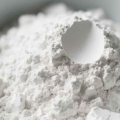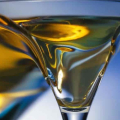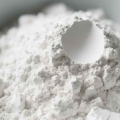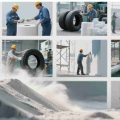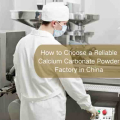- Welcome to China Calcium Carbonate Manufacturer
- WeChat:15078781000
Calcium carbonate (CaCO₃) is a versatile inorganic salt widely used as a filler in industries like plastics, rubber, paper, and coatings. However, not all calcium carbonates are the same. Ground Calcium Carbonate (GCC) and Precipitated Calcium Carbonate (PCC) differ significantly in production methods, properties, and applications. Understanding these differences ensures optimal material selection for cost, performance, and sustainability.
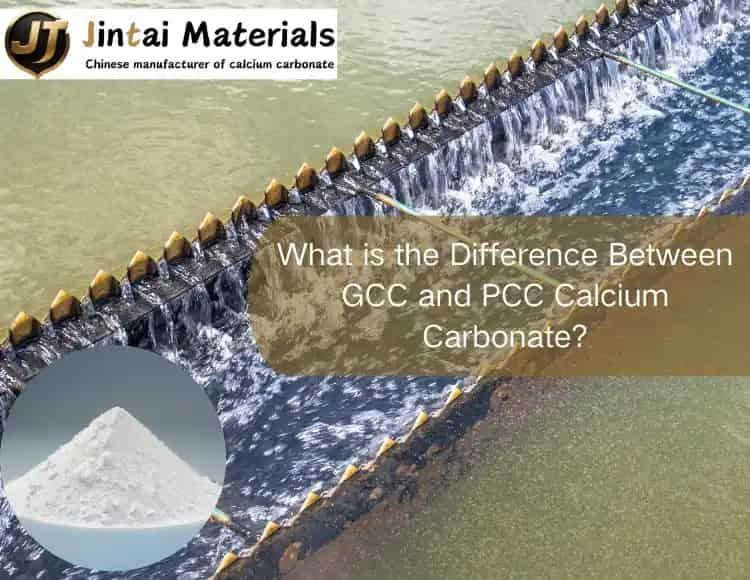
1. Production Methods: How GCC and PCC Are Made
GCC (Ground Calcium Carbonate):
Produced by mechanically grinding natural minerals like limestone, marble, or chalk. The process involves crushing, milling, and classifying raw materials into fine powders.
PCC (Precipitated Calcium Carbonate):
Synthesized chemically through a multi-step process: limestone is calcined to produce lime (CaO), which is hydrated, carbonated, and dried to form ultra-fine PCC particles.
2. Physical Properties: Key Differences
Bulk Density
GCC: Higher bulk density (0.8–1.3 g/cm³) due to larger, irregular particles.
PCC: Lower bulk density (0.5–0.7 g/cm³), with nano PCC as low as 0.28 g/cm³.
Oil Absorption
GCC: Low oil absorption (40–60 mL/100g) due to smooth surfaces and larger particle size.
PCC: High oil absorption (60–90 mL/100g) from its micro-textured, high-surface-area particles.
Brightness and Purity
GCC: Slightly lower brightness (89–93%) due to natural impurities.
PCC: Higher purity and brightness (92–97%), ideal for premium applications.
Particle Shape and Size
GCC: Irregular, angular particles (0.5–45 μm) with wide size distribution.
PCC: Uniform shapes (spindle, cubic, spherical) and finer particles (0.01–5 μm). Nano PCC can reach <0.02 μm.
Moisture Content
GCC: Consistently low moisture (0.1–0.3%).
PCC: Slightly higher moisture (0.3–0.8%), prone to fluctuations.
3. Performance and Applications
Industrial Uses
GCC: Dominates high-volume applications like paper filling, PVC pipes, and rubber due to its cost-effectiveness and flow-enhancing properties.
PCC: Preferred for specialized roles, such as improving impact strength in plastics, coating smoothness, or as a functional filler in adhesives and paints. Nano PCC adds reinforcement in advanced composites.
Cost Efficiency
GCC is ~30% cheaper than PCC, as its mechanical production avoids complex chemical processes.
Environmental Impact
GCC: Eco-friendly with minimal waste (only noise pollution).
PCC: Generates “three wastes” (gas, liquid, solid), requiring stricter environmental controls.
4. Functional Differences
Flowability: GCC’s granular structure enhances processing flow, while PCC’s high oil absorption limits its use beyond 25% in formulations.
Mechanical Properties: GCC improves tensile strength; PCC enhances rigidity and surface finish.
Color Control: PCC’s synthetic process allows tailored hues, while GCC’s natural origins fix its undertones (e.g., blue for Sichuan limestone).
5. How to Choose Between GCC and PCC
Select Ground Calcium Carbonate (GCC) if:
Cost reduction is critical.
High filler loads (>25%) are needed.
Applications prioritize bulk filling (e.g., construction materials).
Choose Precipitated Calcium Carbonate (PCC) if:
Performance enhancements (strength, smoothness) are key.
Smaller particle sizes or specialized shapes (e.g., nano PCC) are required.
Brightness and color consistency matter (e.g., premium coatings).
Conclusion: GCC vs PCC – Which is Better?
Both GCC and PCC calcium carbonate have unique strengths. GCC excels in affordability and simplicity, while PCC offers precision and performance. By analyzing factors like particle size, cost, and environmental impact, industries can optimize their use of calcium carbonate fillers to balance functionality and economics.
